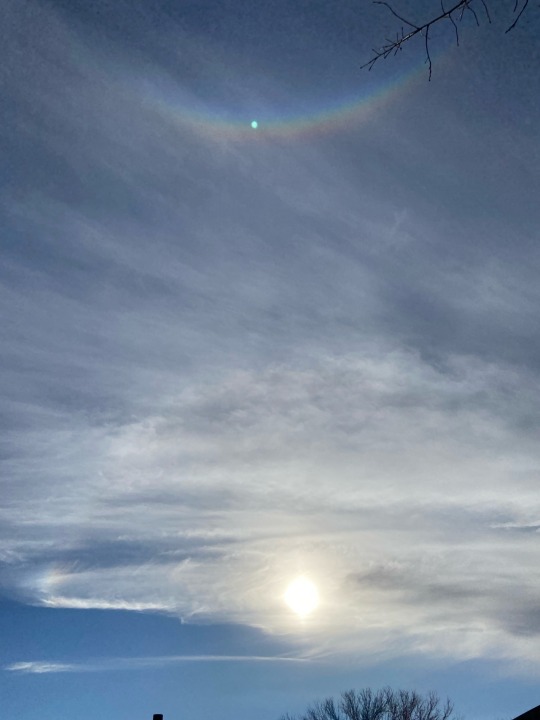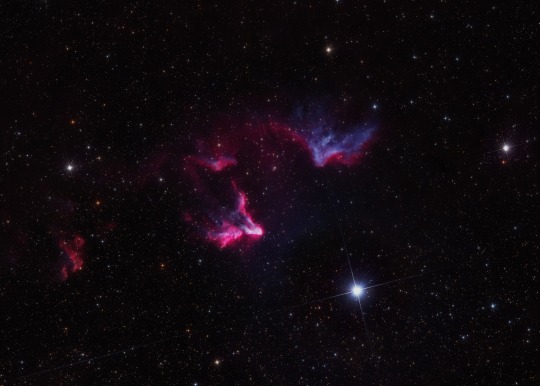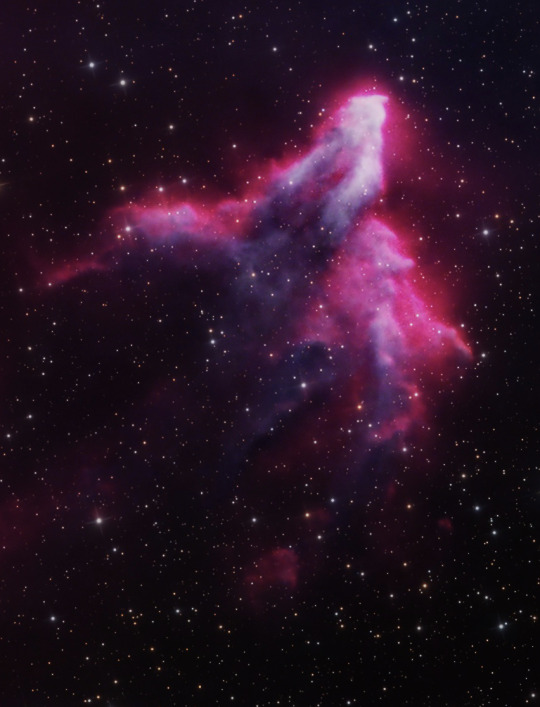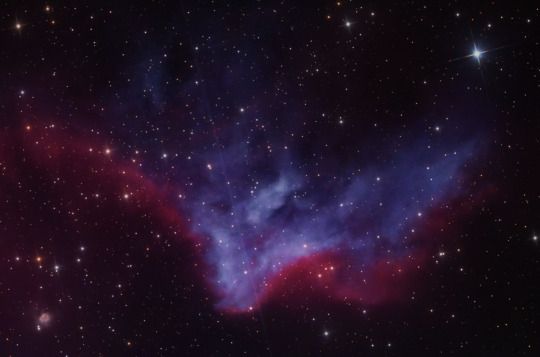#ice halos
Explore tagged Tumblr posts
Text

Small parhelion to the left of the sun, circumzenith arc above my head
4 notes
·
View notes
Text
Halo Halo Dessert Food for The Sims 2
This is a functional dessert, available anytime from the fridge, no cooking skills required.

DOWNLOAD HERE
-----------------------------
If you want to support my creations, you can send me a donation with Paypal or Ko-fi ☕ If you want to ask for a Paid Commission, HERE you can find more details. Thank you ❤️
#the sims 2#ts2#sims 2 cc#sims 2 download#the sims 2 cc#ts2 download#4to2#4to2 conversion#food#sims 2 food#dessert#halo halo#ice cream
194 notes
·
View notes
Text
5-year-old Halo: Cry me a river! Maverick: Callie, I'm not loving this attitude Iceman: You seem a little mean, kid Halo: Sorry should I call you a Wambulance? Later that day...*Maverick and Iceman arguing over something* Slider: You guys are so dramatic. Do I need to call you a Wambulance? Callie: Wa Wa Wa Wa Wa Wa!
#and this is the possible reason why Mav and Ice don't let Uncle Slider babysit Callie anymore#pete maverick mitchell#tom iceman kazansky#callie halo bassett#ron slider kerner#modern family#icemav#top gun#top gun: maverick#incorrect top gun quotes
152 notes
·
View notes
Text

patron saint of relapsing right in front of your chaos goddess wife
#listen you can’t have my favourite character have a halo for whole ass episodes and expect me to be NORMAL about it#the millionth simon petrikov post it will happen again sorry followers#he’s skittering in my brainspace#fionna and cake#adventure time#simon petrikov#adventure time fanart#adventure time fionna and cake#ice king#golbetty#betty grof#<- sort of#unreality
356 notes
·
View notes
Text


#my polls#polls#random polls#tumblr polls#geography#incognito polls#geography polls#fun polls#desserts#cranachan#scotland#puff puff#nigeria#spaghettieis#germany#faloodeh#iran#raguolis#lithuania#bolo de rolo#brazil#shwe yin aye#myanmar#rum cake#jamaica#key lime pie#usa#halo halo#philippines#rolled ice cream
23 notes
·
View notes
Text

okay i messed up mavs hair and cant fix it BUT heres ice <3
#new obsession: ice cas#will always be drawing him with a halo btw#tom iceman kazansky#icemav#top gun#calkaleart#cals spn au#<- i cant believe im doing this
200 notes
·
View notes
Text










🏵|🏵|🏵
🏵|🏵|🏵
🏵|🏵|🏵
🏵
Pure Vanilla Cookie stimboard
Ordered by: Silly Cinnamaroll Anon
Themes: Sunflowers, vanilla, halos
Song:
#cookie run kingdom#crk#cr kingdom#crk pure vanilla cookie#pure vanilla crk#pure vanilla cookie#pure vanilla#sunflower stim#flower stim#vanilla stim#ice cream stim#macaron stim#cupcake stim#halo stim#great choice#delicious pastries#silly cinnamaroll anon
30 notes
·
View notes
Text

ハロハロ
17 notes
·
View notes
Text




Pride (superbia), also known as hubris or futility, is considered the original and worst of the seven deadly sins, the most demonic. "Pride goeth before destruction, a haughty spirit before a fall"
Page 2/9 from my big Brutus piece, to preserve full image quality :)
Some details/inspo's for this one beneath the cut
Obviously Jessica from "Dune" (2021) served as major inspo, while I've never seen the movies nor read the books, I have seen her costume design and it EATS.
The halo crown is based on two things, iconography from eastern orthodoxy, and also the crown from "The Green Knight" (2021)
This was the first panel I drew, and I was figuring out how to draw his face, so to me it looks "least like him", but this is the alpha version, the foundation-
The face paint on Aemond is the Valyrian glyph's seen on the catspaw dagger. While Viserys probably never told him, Aemond is very smart, well versed in Valyrian and has seen the dagger lit up by dragon fire. He'd know and get unhealthily obsessed with it.
I personally headcanon him as having religious delusions and psychosis, so he'd eat that shit (and religious imagery as a whole) up - while that bit is a personal hc, Oldtown is like the Vatican of Westeros, that boy would have religious guilt through the roof
see dagger/glyph reference:

#he's so ethel cain pilled#art#my art#ivansbadart#digital art#fan art#a song of ice and fire#fanwork#fanart#asoiaf#prince aemond targaryen#aemond targaryen#aemond one eye#hotd aemond#prince aemond#fire and blood#fire & blood#valyrianscrolls#high valyrian#aritsts on tumblr#faith of the seven#halo#targaryen#house targaryen#team green#the greens#targtowers#hotd#house of the dragon#artists on tumblr
39 notes
·
View notes
Text

Picture of IC59 and IC63. This is a pair of nebula located near the star γ Cassiopeia, the big star at the bottom, which is responsible for making the nebula glow. Both nebula are composed of ionise hydrogen responsible for the red colour (especially on IC63) and colder dust/gas responsible for the blue colour (most visible on IC59). γ Cassiopeia can make taking photos of those nebula difficult due to the halos it produces, I did my best to limit its impact during processing, but there is still a faint blue halo around it. IC63 is also known as the Ghost of Cassiopeia due to its shape, it was discovered in 1893 by the German astronomer Max Wolf.
Image taken using a CarbonStar 150/600 newtonian telescope with a 0.95 coma corrector, ZWO ASI294 monochrome camera. 12x300s image for each filter (LRGBHa), total imaging time 5h, stacking and processing done in PixInsight. Details of both objects: IC63

IC59

#astronomy#astrophotography#space#nebula#photos taken from my backyard#IC 63#The Ghost of Cassiopeia#IC 59#emission nebula#reflexion nebula#quite proud of this one despite residual halo
32 notes
·
View notes
Text


Halos and car lights, Kouvola, Finland, 13 Jan '25. Photos © Tero Sipinen.
16 notes
·
View notes
Text

"Everyone got their invitations? Wanna make sure this shindig goes off without a hitch."

"I got all of mine!"

"All packed up. Alright cuties. Let's head out."

While Valentine's Day may be a day for couples, today we're celebrating a very different pair! Join us at Cloud 9 to celebrate the birthday of The Conway Twins, Allison & Callob!
Enjoy Confections prepared by The Lovely Daisy George! Dance the night away to a sea of enjoyable music provided by Clementina Neroni.
Help The Conway Family wish the twins a joyous birthday and don't forget to provide them with a little treat!
Hope to see you there for a night you wouldn't wanna miss!!
[Event: Cup Twins Birthday Bash! Febuary 14th-16th!]
#bright halo and full of love: ic post#witch of the sea: clementina neroni#oath of tha ancients: daisy george#steam driven woman: louise newton#v: main#v: stuck on cloud 9 (pizza tower au)#event: cupid twins birthday bash!!#[IT'S ALLISON'S BIRTHDAY WEEKEND!! LET'S HAVE FUN!!]
14 notes
·
View notes
Text
#rwby#ruby rose#weiss schnee#whiterose#white rose#ice flower#ruby x weiss#Star Wars#Halo#rwby art#Star Trek
15 notes
·
View notes
Text
Smash Hits (UK) 1990


























Issue 290, 10th January - 23rd January 1990 Issue 291, 24th January - 6th February 1990 Issue 292, 7th February - 20th February 1990 Issue 293, 21st February - 6th March 1990 Issue 294, 7th March - 20th March 1990 Issue 295, 21st March - 3rd March 1990 Issue 296, 4th April - 17th April 1990 Issue 297, 18th April - 1st May 1990 Issue 298, 2nd May - 15th May 1990 Issue 299, 16th May - 29th May 1990 Issue 300, 30th May - 12th June 1990 Issue 301, 13th June - 26th June 1990 Issue 302, 27th June - 10th July 1990 Issue 303, 11th July - 24th July 1990 Issue 304, 25th July - 7th August 1990 Issue 305, 8th August - 21st August 1990 Issue 306, 22nd August - 4th September 1990 Issue 307, 5th September - 18th September 1990 Issue 308, 19th September - 2nd October 1990 Issue 309, 3rd October - 16th October 1990 Issue 310, 17th October - 30th October 1990 Issue 311, 31st October -13th November 1990 Issue 312, 14th November - 27th November 1990 Issue 313, 28th November - 11th December 1990 Issue 314, 12th December - 25th December 1990 Issue 315, 26th December 1990 - 8th January 1991
At Smash Hits Remembered
#smash hits#Adamski#And Why Not#Bananarama#Beats International#Betty Boo#Black Box#Candy Flip#Craig McLachlan#Deee-Lite#Elton John#Gazza#Halo James#Jason Donovan#Jazzie B#Jesus Jones#Madonna#Martika#Matt Goss#Michael Jackson#New Kids#NKOTB#On The Block#Pet Shop Boys#Soul II Soul#The Stone Roses#Vanilla Ice
13 notes
·
View notes
Text






#vegetarian#vegan#food#food photography#foodblogger#foodporn#foodpics#healthy food#ice cream#halo top#vegan desserts#desserts#dessert#vegetarian food#vegetarianism#plant kitchen#plant based#plantbased#food and drink#foodgasm#foodie#foodmyheart#vegan food
8 notes
·
View notes
Text


excuse the grainy photos, i had to snap it quick with my phone before it went away </3 but i’d never seen this beautiful phenomenon before and wanted to share. fittingly, it’s called a “moonbow”
#moonbow#!!! <3#so cool ahh i love the moon#i love optical phenomena#it happens when moonlight refracts off of water / ice droplets in the air !!#yayyy#these last few days (weeks / months) have been horrible but#every day nature reminds me to appreciate the little things around me#that there is still endless beauty in things i cannot control#and i am so grateful : )#moon#moonlight#my pics#night sky#halo#rainbow
9 notes
·
View notes